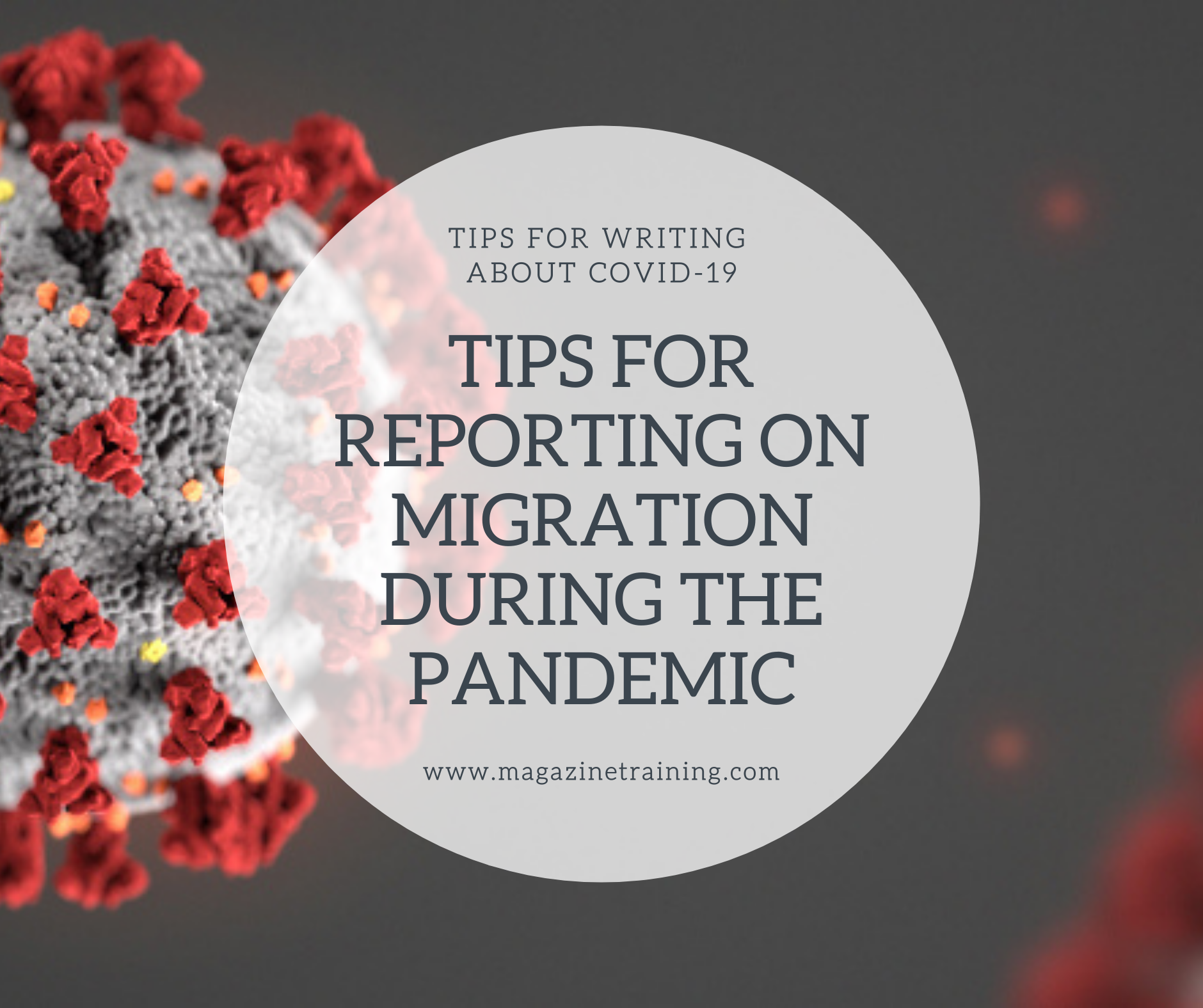
COVID-19 has resulted in devastating economic and health consequences for many people around the world — and especially the most vulnerable.
Migrant populations, fleeing hardship at home, have confronted heightened risk on their journeys in search of better opportunity. More are unemployed, and many have been left stranded mid-transit. At the same time, many migrants have been on the frontlines of the fight against the virus.
“Look around you,” said Yasmina Guerda, a public health communications officer at the International Organization for Migration (IOM). “Migrants are everywhere [and] they’re getting us out of this one. Everywhere you look, they’re contributing to the solutions [to the COVID-19 crisis].”
How should journalists approach their reporting on migration during the pandemic? What issues around migration should reporters shed light on?
ICFJ Global Health Crisis Reporting Forum Community Manager Paul Adepoju sat down with Guerda and Saskia Kok, the head of migrant protection and assistance for IOM in Nigeria, to discuss the organization’s efforts, share tips on migration reporting, and highlight useful resources for covering the issue.
Here are some key takeaways from the webinar.
On IOM and how it works
- IOM is an intergovernmental organization, associated with the UN, that works in country offices around the globe to provide humanitarian assistance to migrants, and to advise governments on migration management.
- IOM’s in-country programs provide sustainable reintegration and rehabilitation support for returning migrants. They assist vulnerable migrants, including failed asylum seekers, trafficking victims, and unaccompanied or separated children.
by Lucía Ballon-Becerra, International Journalists’ Network
Related posts
Magazine Training International’s mission is to encourage, strengthen, and provide training and resources to Christian magazine publishers as they seek to build the church and reach their societies for Christ.

